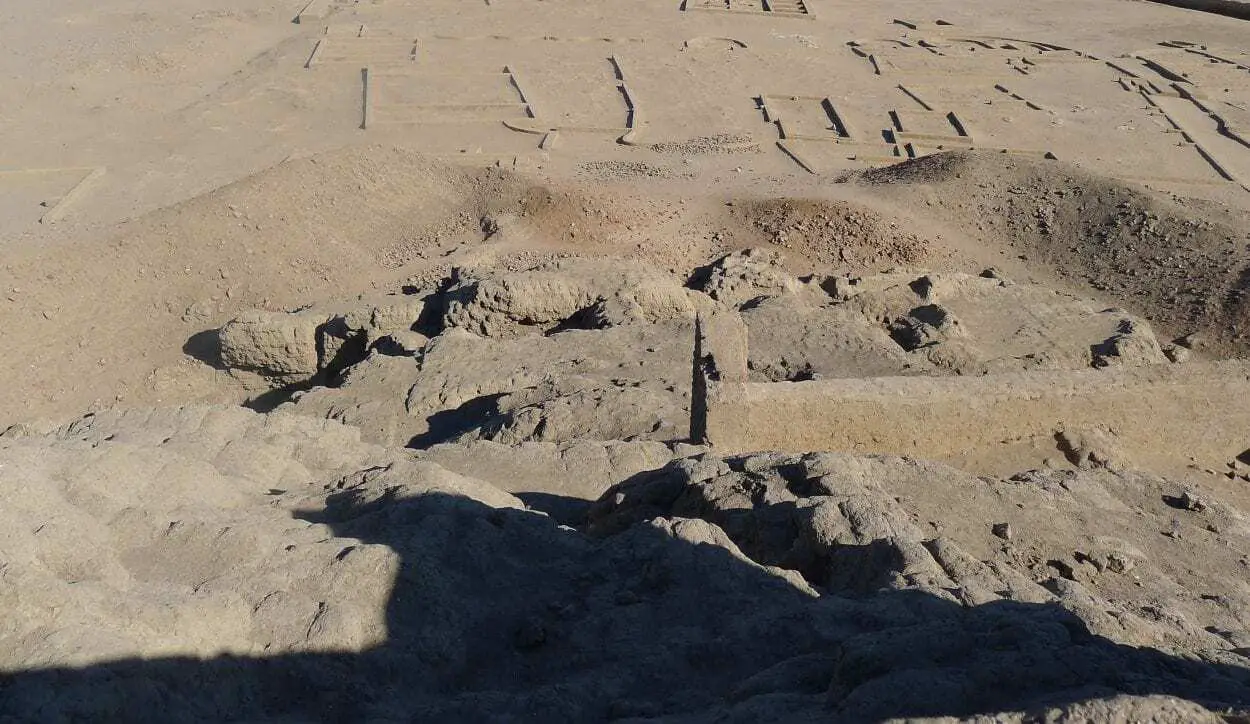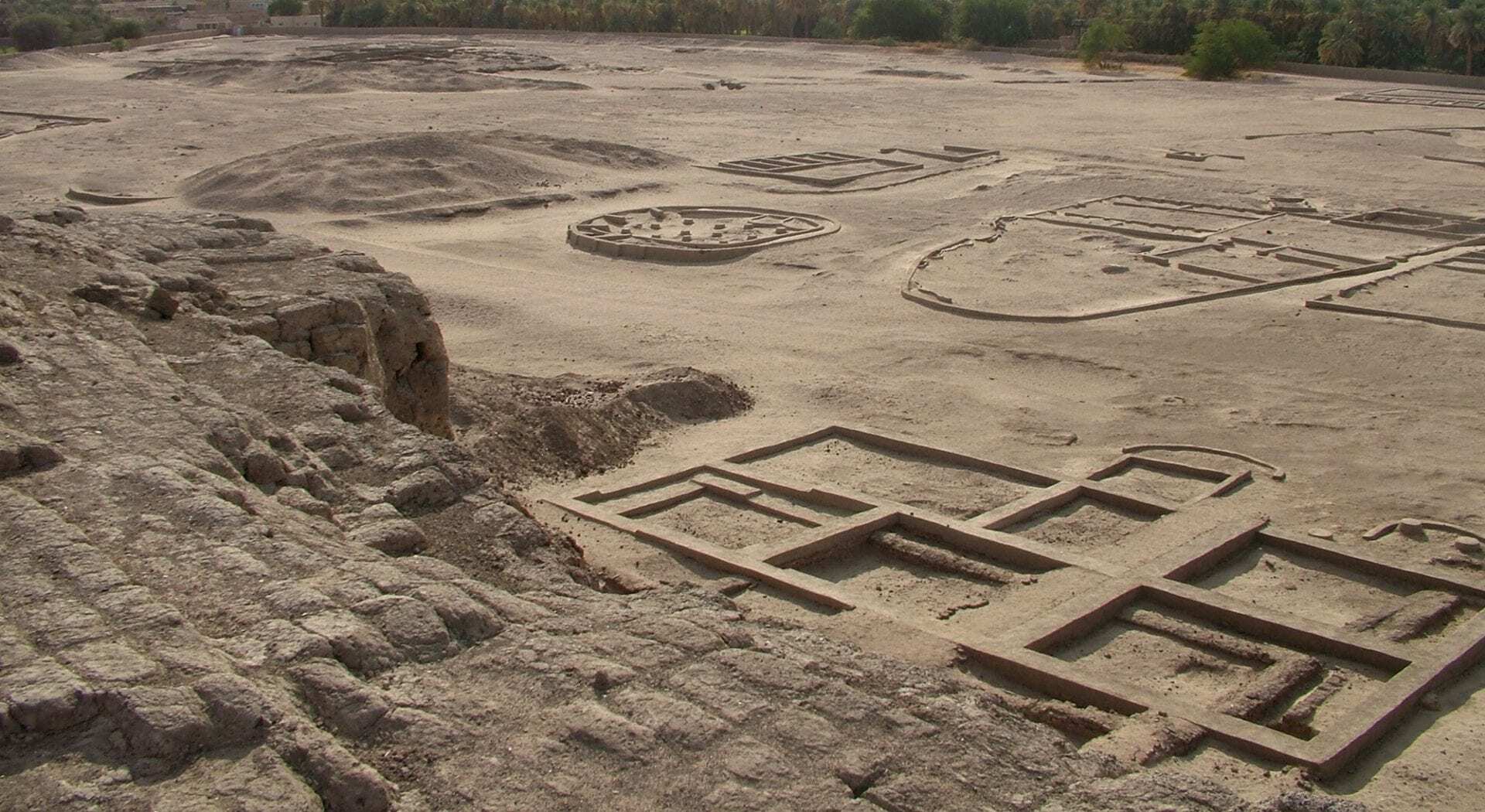Kerma, also called Karmah is an archaeological site and the former capital of the ancient Kerma Kingdom, located in the Dongola Reach above the Third Cataract of the River Nile in present-day Sudan.
The Kingdom of Kerma was an indigenous Nilotic culture that emerged around the mid-third millennium BC, most likely from the C-Group culture in the southern part of Upper Nubia. At its peak, the kingdom controlled several Cataracts of the Nile, covering territory almost as extensive as that of its Egyptian neighbours.
When Kerma was first excavated in the 1920s, archaeologists believed that it originally served as the base for, or was a fort of an Egyptian governor, and that these Egyptian rulers evolved into the independent monarchs of Kerma.
However, archaeologists now believe that Kerma was most likely one of the earliest African kingdoms (identified in the Egyptian texts from the Middle Kingdom with the name of Kush), that rose to prominence due to the strategic position on several caravan routes linking with Egypt, the Red Sea, the Horn of Africa, and sub-Saharan Africa.

Kerma culture has been identified with four distinct phases that span from the end of the Old Kingdom to the transitional phase between the Second Intermediate Period and the New Kingdom, based on the burial rites, morphology of the tombs, and the typology of ceramics that define: Kerma Ancien (2400-2050 BC), Kerma Moyen (2050-1750 BC), Kerma Classique (1750-1500 BC) and Kerma Recent (1500-1450 BC).
The kingdom was centred on Kerma, a large walled metropolis that reached a population of around 10,000 inhabitants at its zenith (although some sources cite 2,000). The city consisted of a system of planned roads that connected the residential areas, a necropolis, and a religious quarter to a large adobe structure called a Deffufa.
During the reign of Pharaoh Thutmose I of the 18th Dynasty of Egypt, the Egyptians annexed Nubia around 1504 BC and destroyed the city of Kerma. The Egyptians placed a Viceroy of Kush, or ‘King’s Son of Kush’ to maintain order over the former Kerma territories, establishing a new settlement north of Kerma which is today known as Dokki Gel (meaning “red mound”).
The Egyptians continued to rule the region, until the Kingdom of Kush emerged, possibly from Kerma after the disintegration of the New Kingdom of Egypt, during a period known as the Bronze Age Collapse.
Header Image Credit : Lassi – CC BY-SA 4.0





